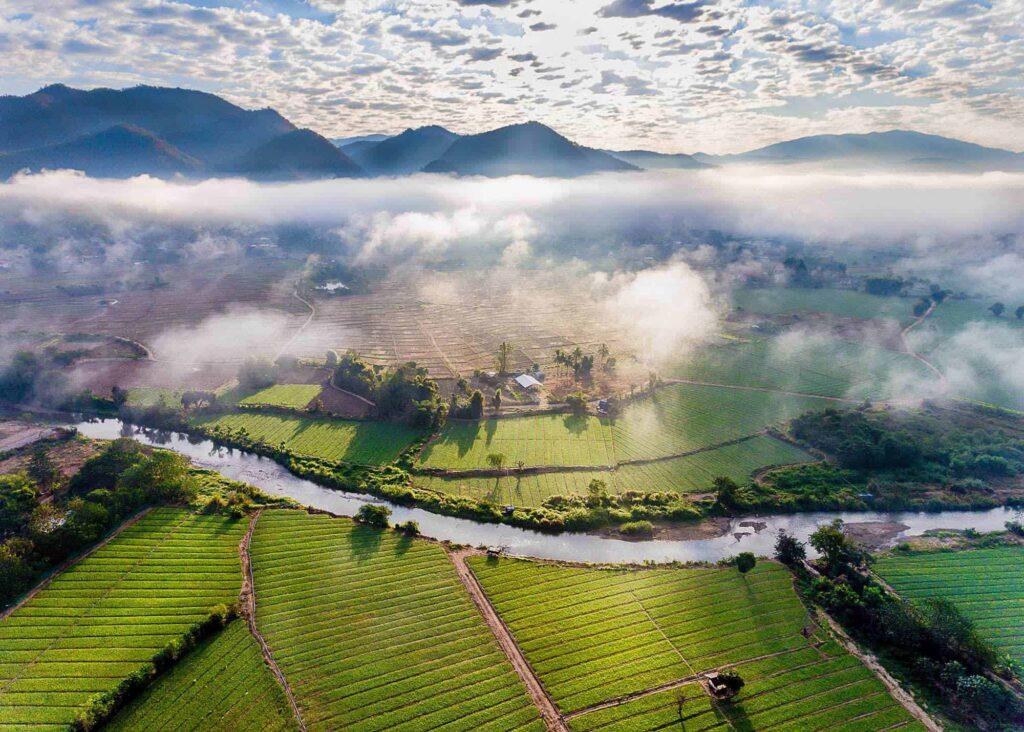From the rice fields of Vietnam to the ‘Land of Smiles’ of Thailand, a combined tour of Vietnam and Thailand is a trip across thousands of years of history, culture and natural scenery that will leave you yearning for more. Two of the most popular destinations in Southeast Asia, these beautiful countries have everything you could wish for on a tour of Asia. The attractions of Thailand are bunch – destroyed urban communities, old religious communities, Buddhist friars, brilliant slope tribes, skimming markets, rave parties, thick rainforests, fascinating untamed life, tropical islands, brilliant shorelines and unblemished coral reefs. Take in the delights of Halong Bay, explore the buzzing city of Ho Chi Minh, and discover the ancient temple at My Son.
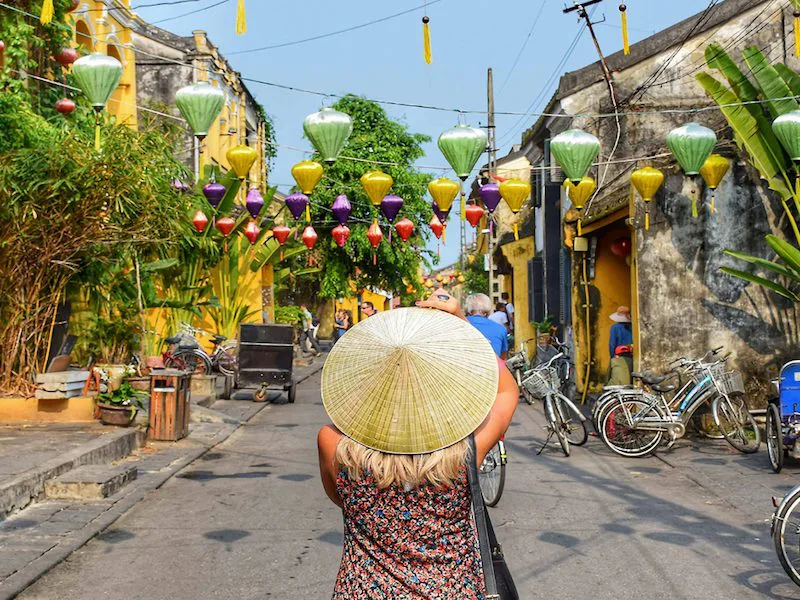
Best Sights in Vietnam
Halong Bay
The beautiful karst rock formations of Halong Bay are one of the most spectacular views in Vietnam. Listed as a World Heritage Site by UNESCO, there are thousands of these small limestone islands jutting up out of the sea, their sides lashed by wind and rain to form jagged pinnacles of rock. The views are best seen from a boat and this area is the best cruising location in the world, and the backdrop for hundreds of Hollywood movies set in Asia. The beautiful turquoise waters are inviting enough to make you want to dive right in, and there are many caves among the island big enough to explore in the boat, including three mammoth-sized caverns.
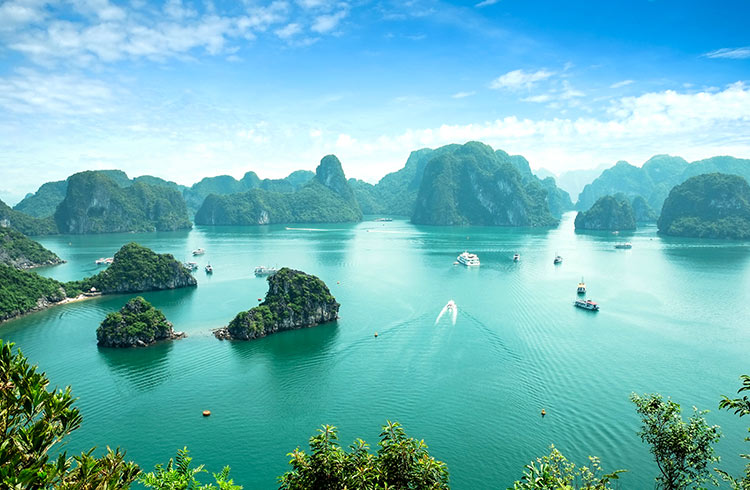
Ho Chi Minh City
Formerly known as Saigon, no visit to Vietnam can be complete without taking in the buzzing capital of this beautiful Asian country. Not only is the shopping the best you will find anywhere in Vietnam, but the cafes and restaurants are as cosmopolitan as those in Paris are. However, the streets are an incomprehensible mess of cars, bikes, and motor-taxis, so traveling around is best done with someone local driving. The city even has its own “Notre Dame Cathedral”, built by the French colonists in 1863, and officially known as the “Basilique-Cathédrale Notre-Dame de l’Immaculée Conception”, or the Cathedral Basilica of Our Lady of The Immaculate Conception. Any visit to HCMC is not complete without seeing the Reunification Palace in Nguyen Thi Minh Khai Street, which was the site where the North Vietnamese tanks stopped on April 30, 1975, and put an end to the long-running war that tore the nation apart.
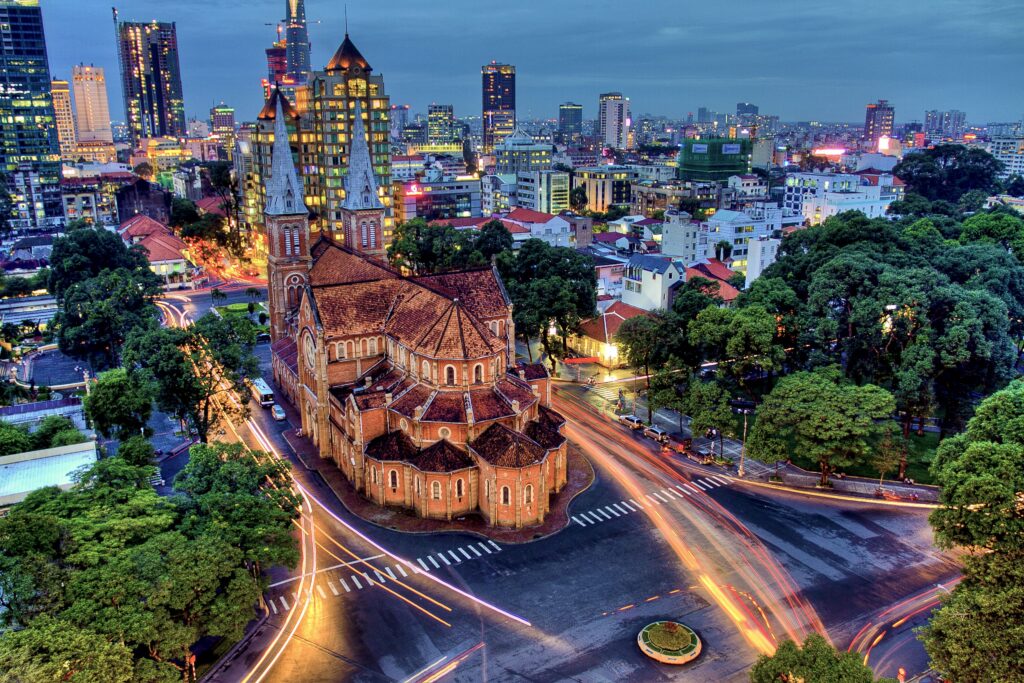
Hue
One of the most historical towns in Vietnam, Hue has more relics and archaeological sites than anywhere else in the country. Lying on the banks of the beautiful Perfume River, the city is the home of the Imperial Enclosure of the old Nguyen emperors. Inside the enclosure are numerous palaces and residences of former emperors and queens, while a huge number of historic sites can also be found in other parts of the city. For a beautiful day out, take a boat ride along the Perfume River, and visit the ancient royal tombs along the shores, including the stunning, 21-meter-high Thien Mu Pagoda, one of the largest in Asia.
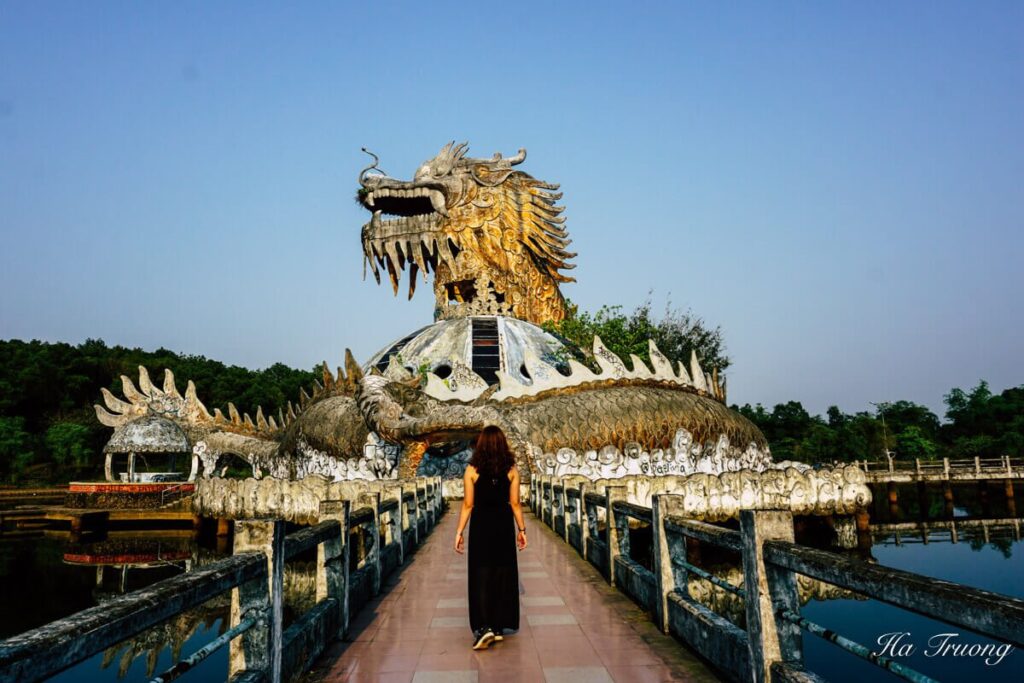
Phong Nha-Ke Bang National Park
Listed as a UNESCO World heritage Site, the Phong Nha-Ke Bang National Park is a huge karst-mountain that is honeycombed with naturally occurring caves and tunnels. In side, the most popular place to visit is the Paradise Cave, which goes deep underground to a staggering depth of 31 kilometers. You can also take a dip in some of the “wet” caves, such as Tu Lan Cave, and swim through the river that runs through many of the caverns. The caves can be accessed by land or by boat, and the boat trips through the waterlogged caverns of the Phong Nha Caves is spectacular.
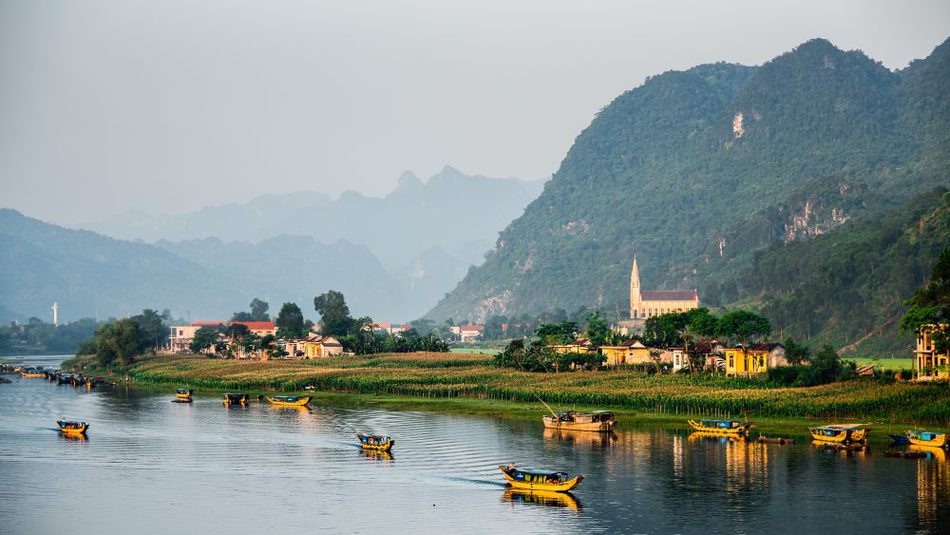
My Son
Surrounded by mountains and dense, lush jungle, the ruined temple city of My Son is a Cham structure that dates back to the 4th century. Built as a major Hindu religious center, it was active until the 13th century, when it was abandoned due to the increase of Buddhism in the country. The site included dozens of different temples, of which only around 20 remain. Many Asian empires, including the Indian and Malay empires, as well as that of the Khmer Empire in later centuries, influenced the temples design and construction, and this can be seen in the reliefs and decorations around the interior walls.
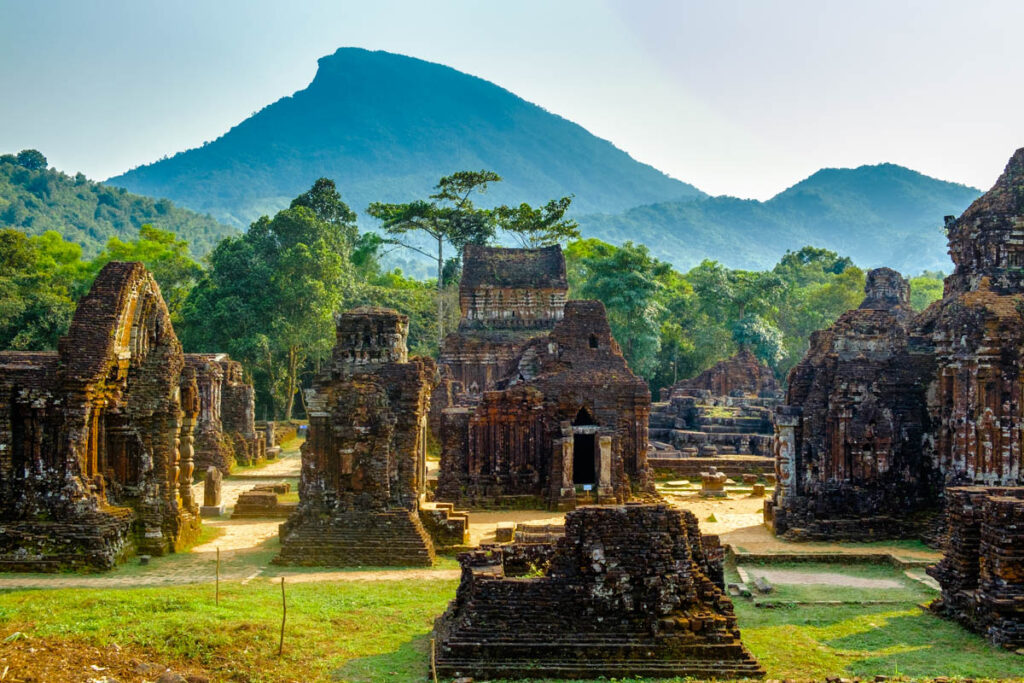
Hoi An
The most atmospheric city in Vietnam, Hoi An is filled to the brim with ancient and colonial architecture. From the old merchant houses of the 15th century to the ancient temples of the Cham era from the 4th century, Hoi An has been a major trading center for silks with Japanese and Chinese traders for over a thousand years. The symbol of the city is the beautiful arch of the covered Japanese Bridge, which can be found at the western end of Tran Phu Street, and was built in the 1590s to link the Japanese and Chinese communities in the city.
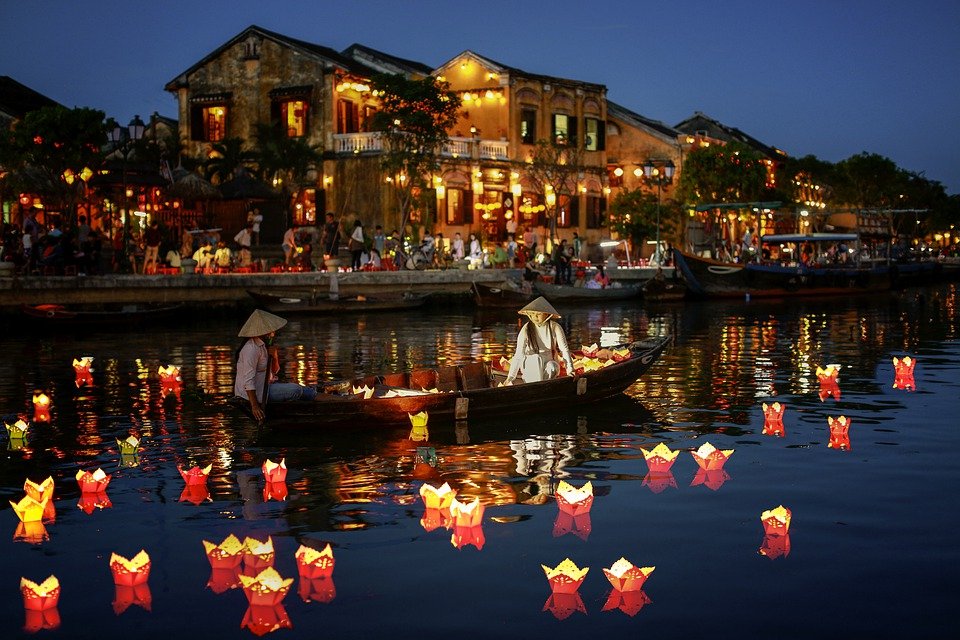
Best Sights in Thailand
The Grand Palace in Bangkok
The Grand Palace is always the top 1 thing to see in a Thailand Tour. Build in 1782, the Grand Palace was the royal residence for the Thai King for over 150 years. And now, it is still used to held important ceremonies and auspicious happenings. You can find the perfect creativity and craftsmanship of Thai people from the beautiful architecture and intricate details of the Grand Palace. Please dress modestly when visiting the Grand Palace for there are also several temples of the Emerald Buddha around the Grand Palace.
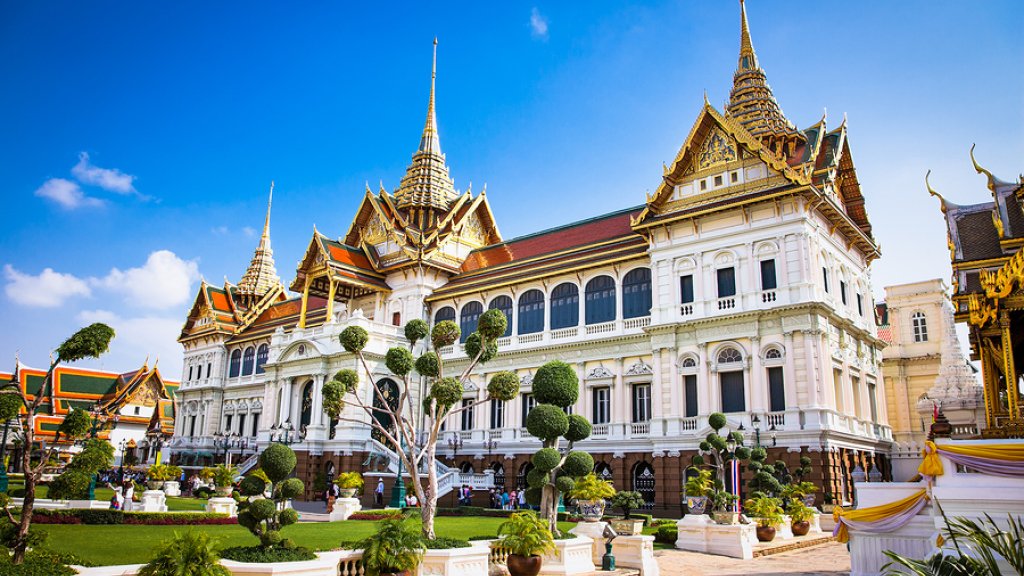
Phang Nga Bay
Covering 400sq km (154sq miles) Phang Nga Bay is one of the world’s extraordinary picturesque marvels. Rising strangely from the turquoise sea, are several limestone islands and outcrops, home to uncommon natural life and peppered with holes and grottoes. In the event that it looks well known, it’s presumably on the grounds that The Man with the Golden Gun was taped here in 1974.
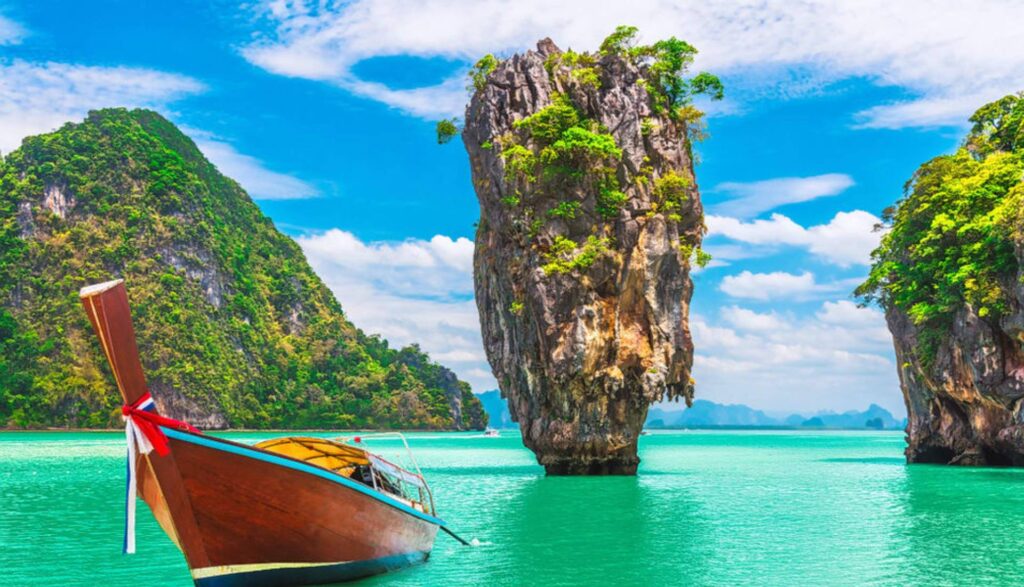
Chiang Mai
Chiang Mai is home to more active Buddhist temples than any other city in Thailand, including the famous Doi Suthep (a favorite viewpoint with impressive views over downtown), Wat Phra Singh, and Wat Phra That Doi Suthep. Just outside of the city, you’ll also find a number of hill tribes, including the Meo Hill tribe and the Karen tribe–organized tours can take you there to learn more about their history and lifestyle and to buy handicrafts tribe members sell to sustain themselves.
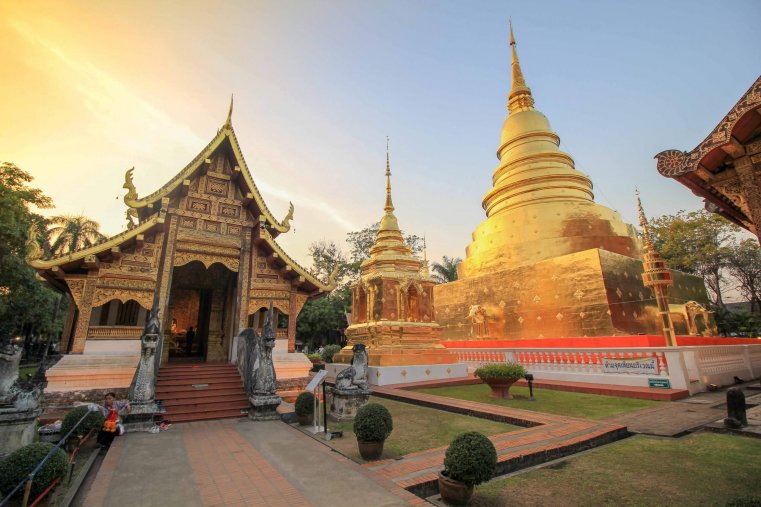
Ayutthaya
Located about 80 kilometers north of Bangkok, the ancient city of Ayutthaya was once Thailand’s capital–back in the 14th century, when the kingdom of Siam was at its strongest.
Today, the ruins of the kingdom can be toured while walking the Ayutthaya Historical Park, a UNESCO site. Home to many prang (reliquary towers), wat, and stucco statues, the park is surrounded by three rivers and deep moats and covers an area of 289 hectares.
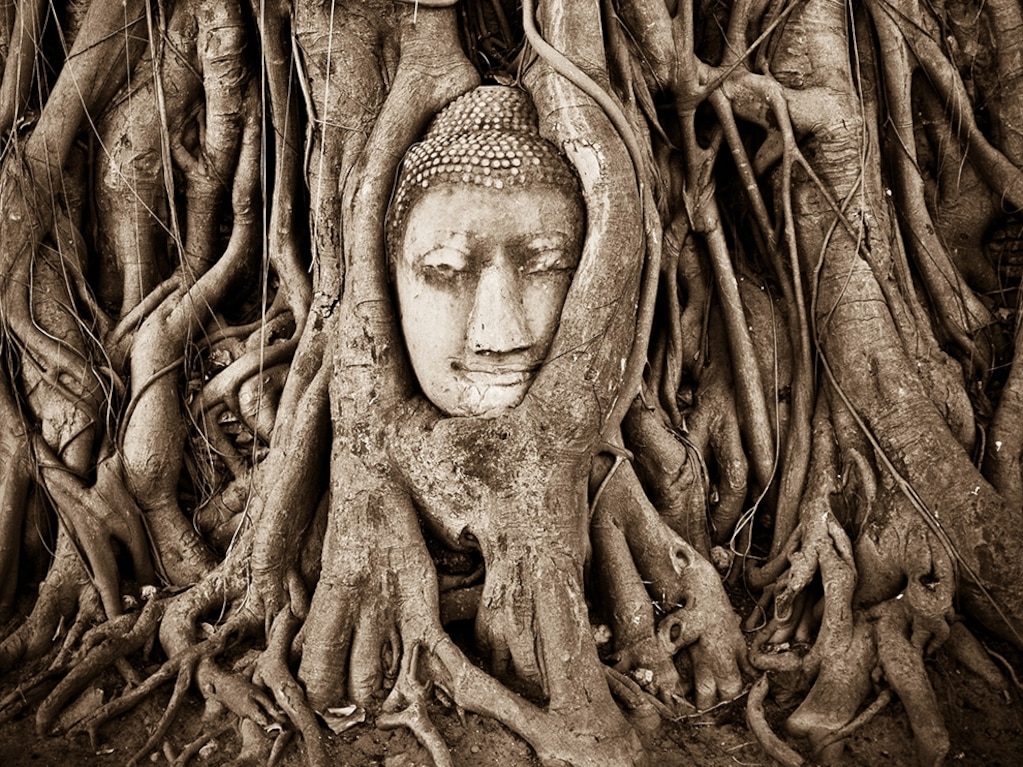
Phuket
Situated off the west coast of Thailand in the Andaman Sea, Phuket is home to some of the country’s most visited beaches and is a popular destination for a beach vacation. Travelers can go to Kata Noi beach for quiet scenery, to Nai Harn Beach to find crystal-clear waters under the shade of palm trees, and to Surin Beach if they’re looking for luxury resorts and high-end cuisine overlooking the sea.
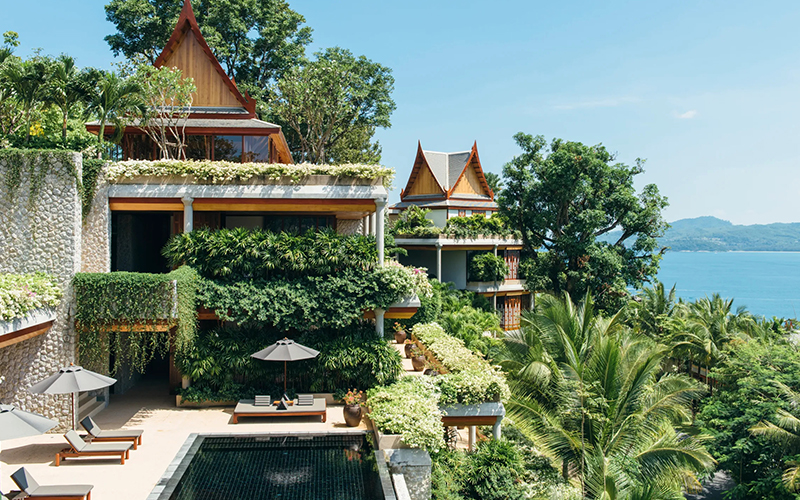
Krabi
Over 200 islands make up Krabi province, with a significant amount of land now designated as national parks. The region is home to some of the best beaches in Asia. Krabi’s coast is also rugged, characterized by vertical steep limestone cliffs that are very popular with climbers. Stunning Railay Beach, in particular, attracts climbers from all over the world, though it’s also famous for its caves.

Pai
One of the most popular destinations in the Mae Hong Son province near the border with Myanmar, the small town of Pai has become a favorite among those looking for the slow, more rural side of Thailand. Once known as just a backpacker’s paradise, Pai is now attracting hikers and peace lovers as well – or just anybody wanting to explore the less-traveled roads of Thailand at least for a few days.
Pai is surrounded by densely covered hills rolling into green fields, majestic waterfalls, and hiking trails that seem to go on forever. It’s all the beauty of the authentic Thai countryside dotted with signs of the western bohemian world – organic food and quirky cafés included.
